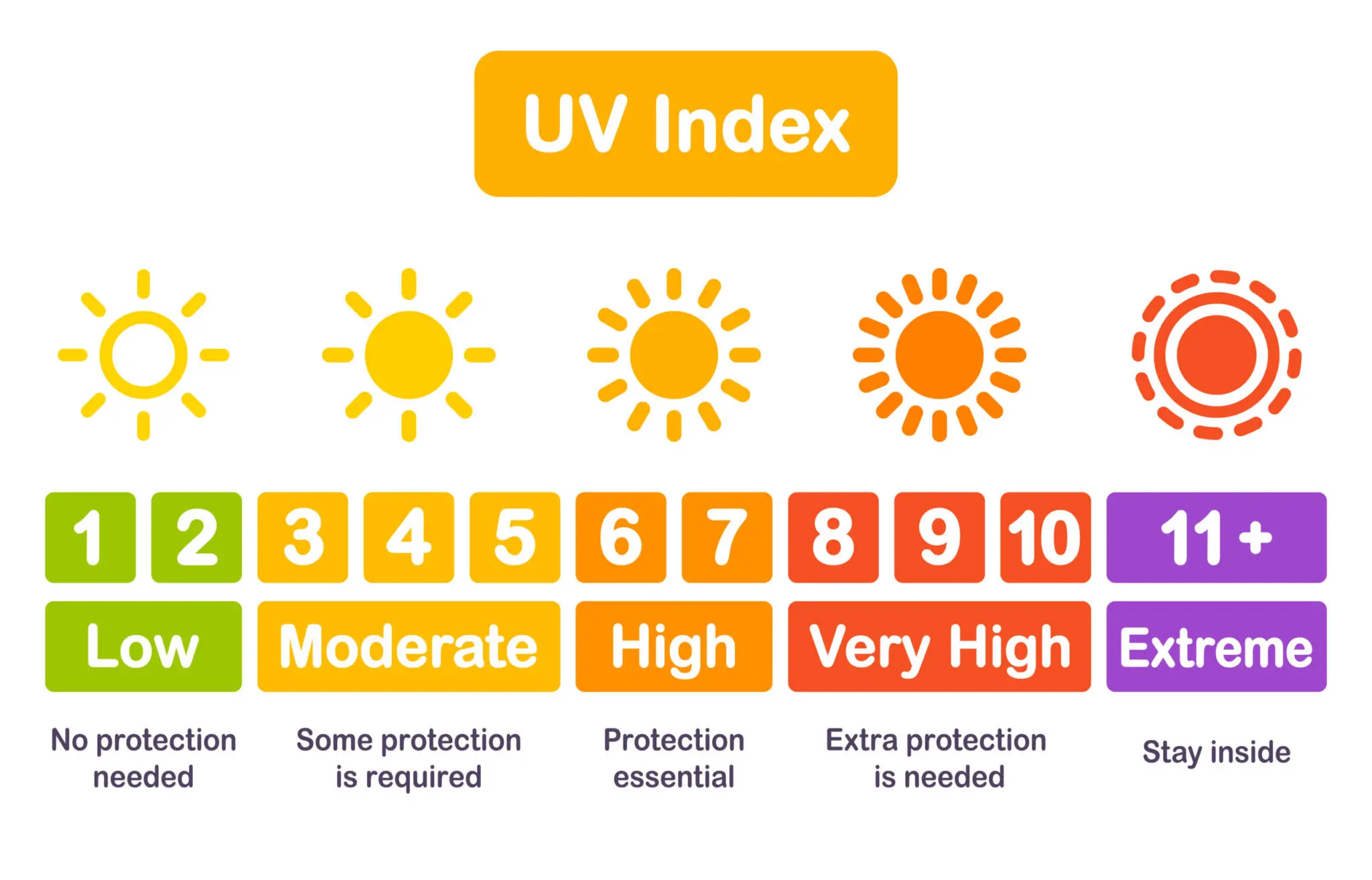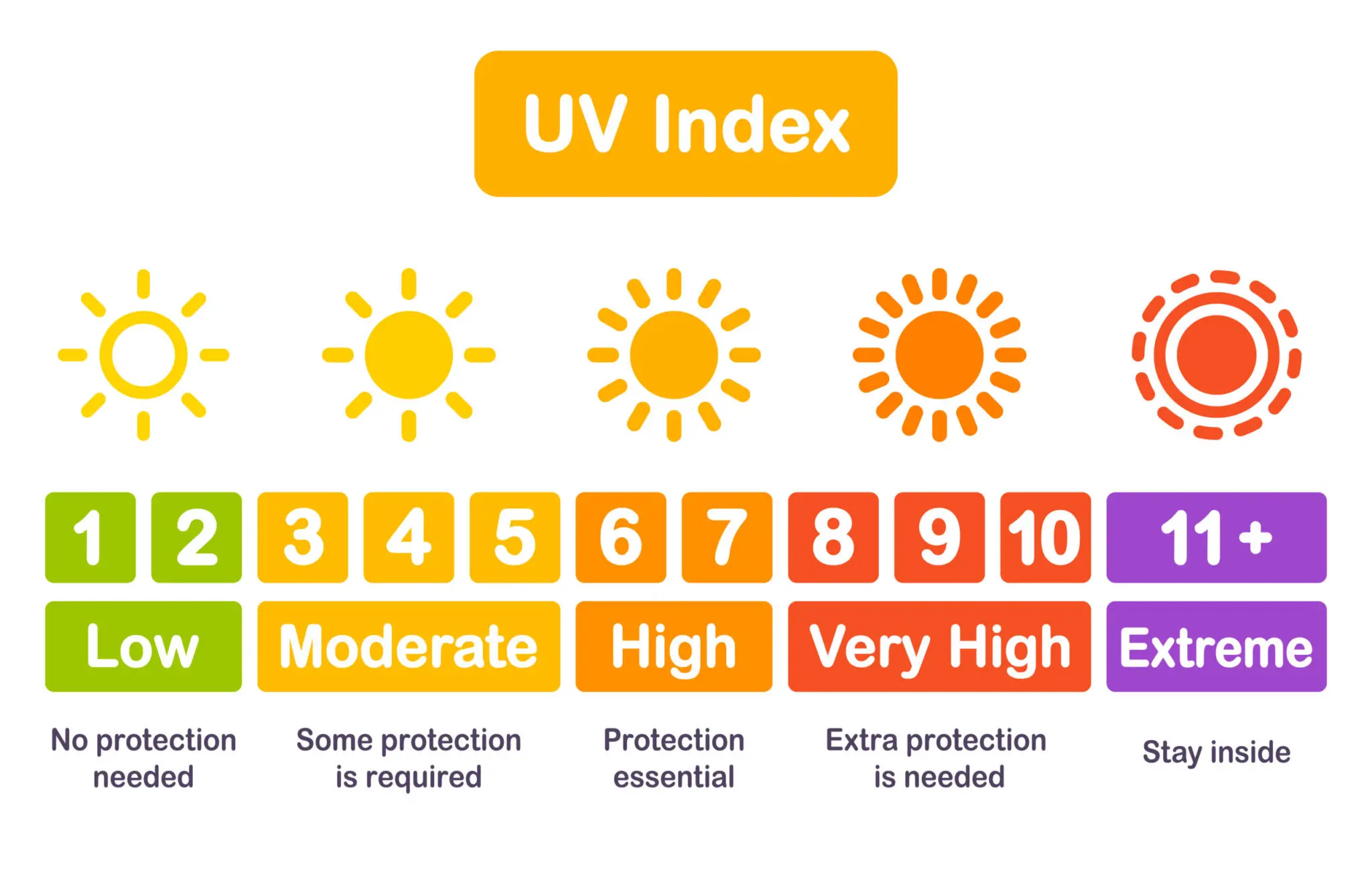With the summer months upon us, many of us are looking to get a golden tan. But did you know that the UV rays that give us that bronzed look can also be beneficial for us in some ways? In this article, we’ll take a look at what UV rays are good for tanning and how they can be beneficial to our health.

Contents
Tanning Under the Sun: What are Uv Rays Good for?
Tanning under the sun is a popular activity for many people, as it can provide a healthy glow to the skin and can make people look younger. But what are UV rays, and what are they good for? UV rays are a type of radiation that is emitted by the sun, and they can be both beneficial and harmful to the human body.
UV rays are a form of radiation that is emitted by the sun and other sources, including lightbulbs and tanning beds. UV rays are composed of two types of radiation: UVA and UVB. UVA rays are the longer wavelength rays that penetrate the skin and cause tanning, while UVB rays are the shorter wavelength rays that cause sunburns and are more dangerous to the skin.
When exposed to UV rays, the skin produces melanin, which is a natural pigment that helps protect the skin from the sun’s UV rays. This melanin is what causes people to tan when exposed to the sun. The amount of melanin produced depends on the individual’s skin type, and it can take a few days for the tan to appear.
The Benefits of Tanning Under the Sun
Tanning under the sun can provide a number of health benefits, as it produces Vitamin D in the body, which helps promote bone health and immunity. Vitamin D helps the body absorb calcium, which is necessary for healthy bones and teeth, and it helps the body fight off infection and disease.
In addition, tanning under the sun can also provide protection from skin cancer. While too much sun exposure can increase the risk of skin cancer, some exposure to UV rays can help the body develop a protective layer of melanin that can help protect against skin cancer.
The Drawbacks of Tanning Under the Sun
However, there are some drawbacks to tanning under the sun. Too much exposure to UV rays can damage the skin and increase the risk of skin cancer. It is important to limit exposure to the sun and always wear sunscreen when outside for extended periods of time.
In addition, tanning under the sun can cause premature aging of the skin. UV rays can damage the skin’s collagen, which helps keep skin looking young and supple. Too much exposure to UV rays can cause wrinkles, age spots, and other signs of aging.
Tanning Under Tanning Beds: What are Uv Rays Good for?
Tanning under tanning beds is another popular activity for people to get a tan. Tanning beds emit UV rays, just like the sun, but they are usually more intense. Tanning beds can provide a more even tan than the sun, as they can be set to specific levels of intensity.
Like tanning under the sun, tanning under tanning beds can provide Vitamin D and help protect against skin cancer. However, the intensity of the UV rays emitted by tanning beds is much higher than the sun, making the risk of skin damage and skin cancer much higher.
The Benefits of Tanning Under Tanning Beds
Tanning under tanning beds can provide a more even tan than the sun, as the intensity of the UV rays can be adjusted to fit the individual’s skin type. This can help reduce the risk of sunburn and provide a more even tan.
In addition, tanning under tanning beds can be done in a shorter period of time than tanning under the sun. This can be beneficial for people who don’t have the time or patience to wait for the sun to provide a tan.
The Drawbacks of Tanning Under Tanning Beds
However, there are some drawbacks to tanning under tanning beds. The intensity of the UV rays can be higher than the sun, making the risk of skin damage and skin cancer much higher. In addition, tanning under tanning beds can be expensive, as the sessions can cost anywhere from $20 to $50 per session.
It is also important to note that tanning under tanning beds can be addictive, as the UV rays can cause the body to produce endorphins that make people feel good. Over time, this can lead to people becoming addicted to tanning and spending too much time in tanning beds.
Conclusion
UV rays are a type of radiation that is emitted by the sun and other sources, including tanning beds. Tanning under the sun and tanning beds can provide a healthy glow to the skin and can provide protection against skin cancer. However, it is important to limit exposure to UV rays and always wear sunscreen, as too much exposure can lead to skin damage and an increased risk of skin cancer.
Few Frequently Asked Questions
What are UV Rays?
UV rays are electromagnetic waves that are emitted by the sun and are part of the electromagnetic spectrum. UV rays are divided into three types: UVA, UVB, and UVC. UVA rays are the longest and penetrate the deepest, while UVB rays are shorter and are more likely to cause sunburns. UVC rays are the shortest and are the most dangerous, but they are also blocked by the earth’s atmosphere.
What are the Benefits of Tanning?
Tanning can provide some health benefits, such as protection from the sun’s harmful UV rays, increased Vitamin D production, and improved mood and sleep patterns. Tanning can also help to reduce the risk of skin cancer.
What Uv Rays Are Good for Tanning?
UVA rays are the best type of UV rays for tanning, as they penetrate the skin more deeply and are less likely to cause sunburns. UVB rays are also beneficial for tanning, but they are more likely to cause sunburns and should be used with caution.
What Precautions Should be Taken when Tanning?
When tanning, it is important to protect the skin from the sun’s UV rays by wearing protective clothing and sunscreen. Tanning beds are also available, but it is important to follow the manufacturer’s instructions and to take regular breaks from the bed.
What Are the Risks of Tanning?
The risks of tanning include an increased risk of premature aging and skin cancer, as well as an increased risk of eye damage. Tanning can also lead to dehydration and heat exhaustion, so it is important to stay hydrated and take breaks when necessary.
What is the Best Way to Tan Safely?
The best way to tan safely is to use a combination of natural sunlight and artificial tanning methods, such as tanning beds. It is important to use sunscreen and protective clothing, and to take regular breaks to avoid dehydration and heat exhaustion. It is also important to avoid tanning during peak hours, when the sun’s UV rays are the strongest.
What is the best UV index for tanning?
In conclusion, UV rays can be incredibly beneficial for tanning as they stimulate the pigment production in the skin. However, it is important to take the necessary precautions when exposing your skin to the sun for tanning, such as wearing sunscreen and avoiding prolonged sun exposure. With the right approach, you can enjoy the benefits of natural tanning without putting your skin in danger.








